Georg Baselitz pays homage to fellow artists, from Mondrian to Warhol, in new exhibition
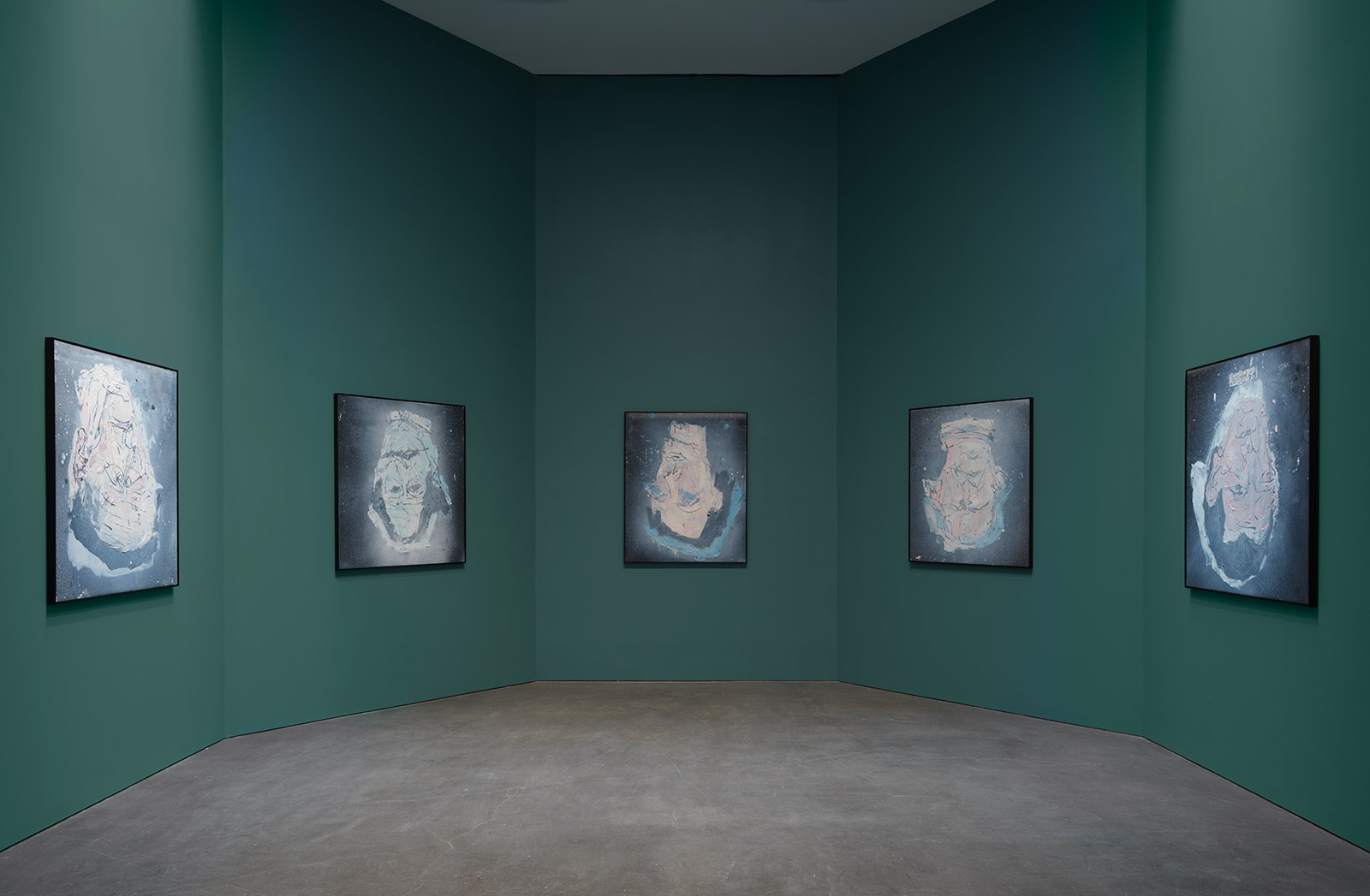
Georg Baselitz believes every work of art is a self-portrait. Whether it’s a Mondrian colour puzzle or a Warhol printed tin, what we are looking at – and, Baselitz suggests, the subject we are really interested in – is the artist.
Some time ago, the German neo-expressionist, known for the upside down figures he has painted since the end of the 1960s, was visiting the Kunstmuseum in Basel. It was there he came across Henri Rousseau’s painting of the artist Marie Laurencin, muse to the poet Guillaume Apollinaire, both clad in dark clothing and standing in a garden, pink flowers at their feet. Despite the title of the 1909 painting (The Muse Inspires the Poet), Baselitz took the portrait to be a self-portrait of Rousseau and his wife.
This interpretation of the painting – Baselitz wasn’t entirely wrong in seeing Rousseau’s sense of himself projected in the portrait – inspired a whole new direction in Baselitz’s work, about to go on show at Gagosian in New York. In this new body of work, Baselitz turns the heads of major artists on their heads (Mondrian and Warhol included) from a long line of famous American abstract expressionists, to artists more directly engaged with self-portraiture, such as Tracey Emin and Paula Modersohn-Becker.
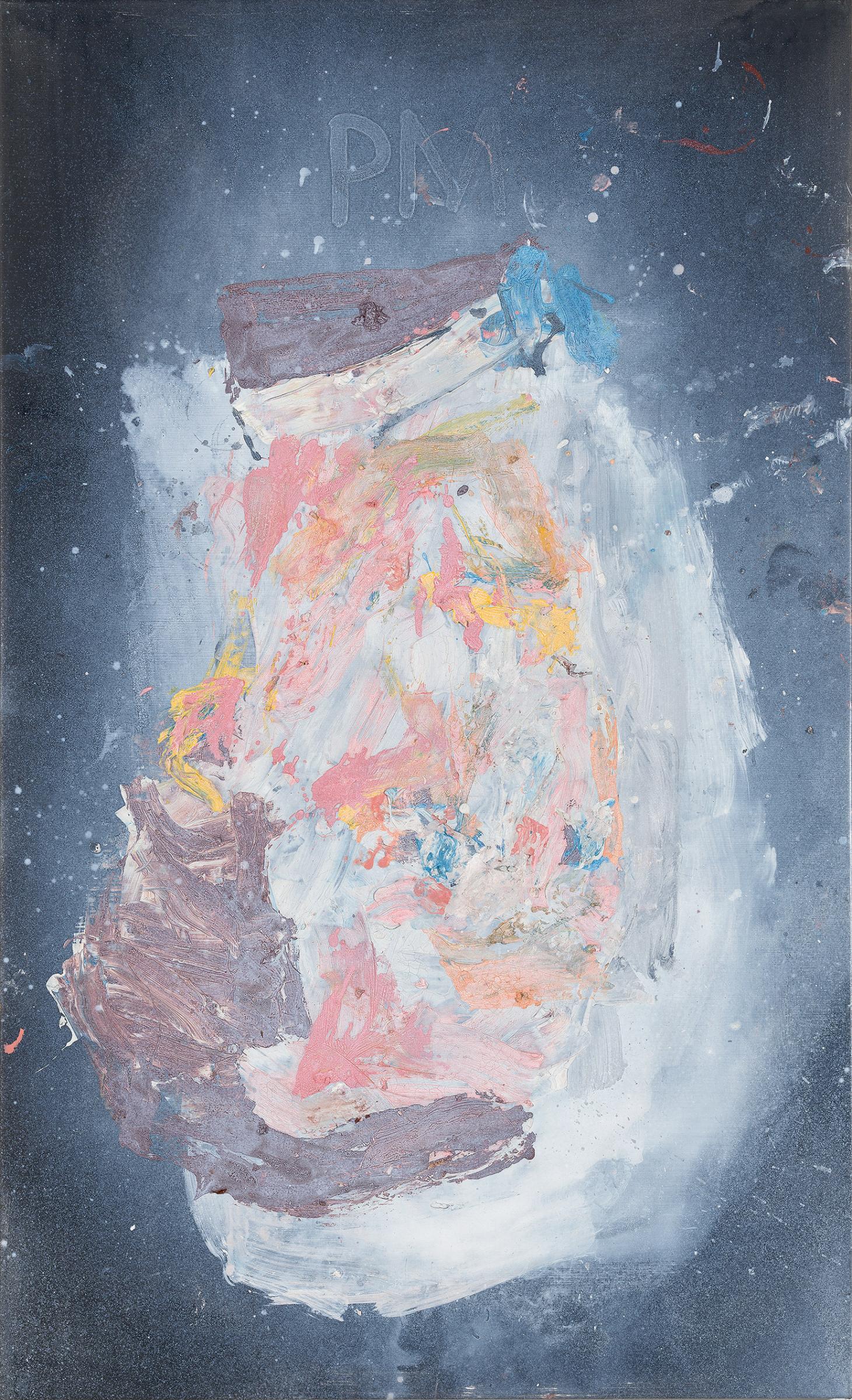
Piet M., 2018, by Georg Baselitz, oil on canvas. © Georg Baselitz. Courtesy of Gagosian
The artist titles the exhibition ‘Devotion’, paying homage to the figures he portrays because he says, they are ‘especially meaningful to me’. Each of these portraits becomes, connected by Baselitz’s gaze and hand, a rumination on the artist and their work, both abstract and figurative, outward looking and self-reflexive. Willem de Kooning is drawn in classical, sober pose in charcoal; Philip Guston becomes a pale, pensive pink, not unlike the colour he often applied in his own work; while Rothko is rendered in a nervous, sad blue.
Baselitz was born in 1938 and his career began in the context of a postwar Germany searching for a sense of identity in the aftermath of genocide. Painting figures has sometimes been a difficult, painful exercise for an artist coming to terms with the horrors of egoism. Does this make all art narcissistic? Probably. But as Baselitz shows us through these self-portraits as others, self-enquiry can be a rough road.
In May 2019, coinciding with the Venice Biennale, a major Georg Baselitz survey curated by Kosme de Barañano will open at the Gallerie dell’Accademia – the first exhibition by a living artist to be staged at the museum.

N.E., 2018, by Georg Baselitz, India ink and watercolour on paper. © Georg Baselitz. Courtesy of Gagosian

Courtesy of Gagosian
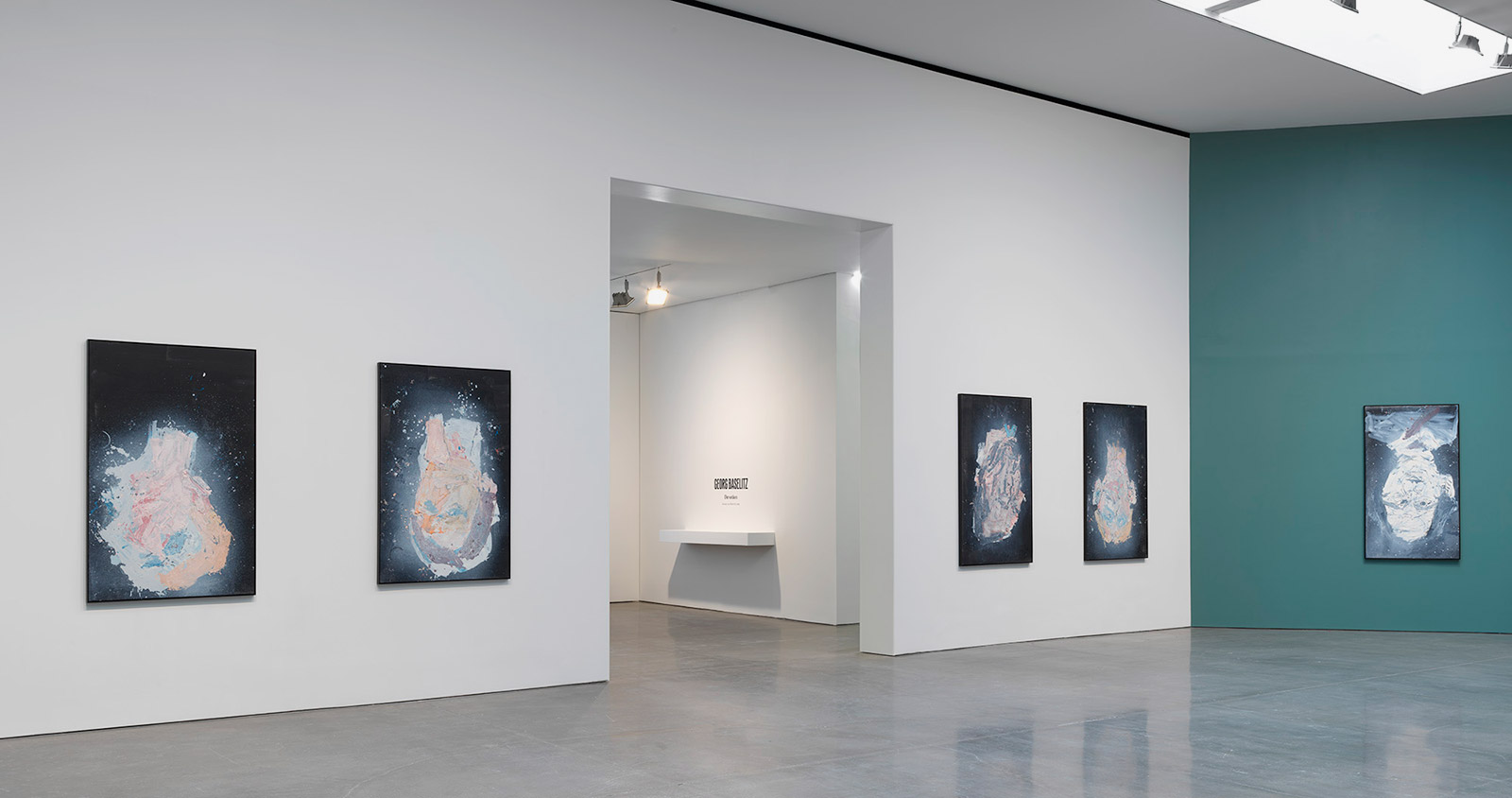
Courtesy of Gagosian

Mark Rothko, 2018, by Georg Baselitz, oil on canvas. © Georg Baselitz. Courtesy of Gagosian
INFORMATION
‘Devotion’ is on view from 24 January – 16 March. For more information, visit the Gagosian website
ADDRESS
Gagosian
555 West 24th Street
New York
Receive our daily digest of inspiration, escapism and design stories from around the world direct to your inbox.
Charlotte Jansen is a journalist and the author of two books on photography, Girl on Girl (2017) and Photography Now (2021). She is commissioning editor at Elephant magazine and has written on contemporary art and culture for The Guardian, the Financial Times, ELLE, the British Journal of Photography, Frieze and Artsy. Jansen is also presenter of Dior Talks podcast series, The Female Gaze.
-
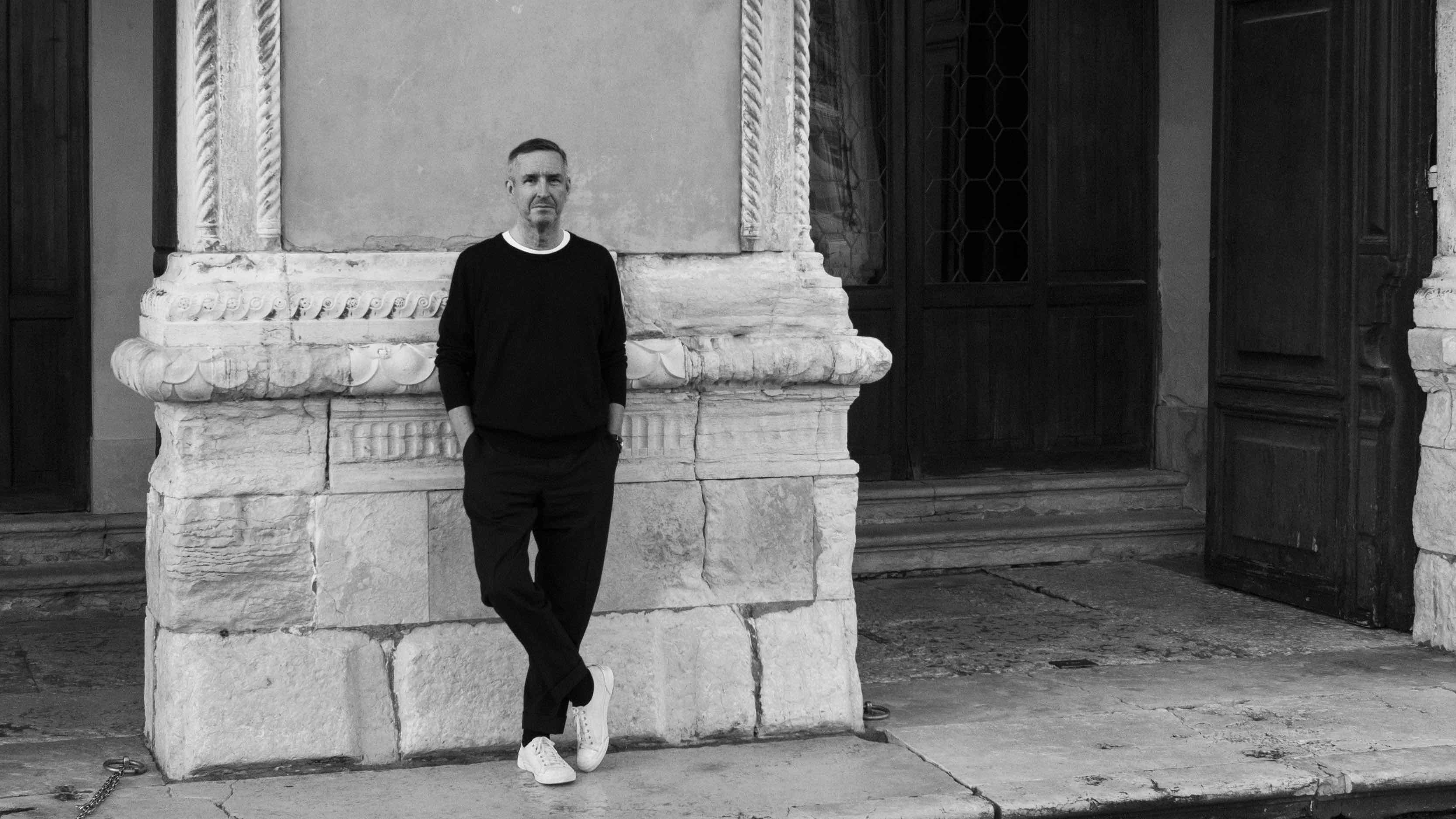 Dries van Noten on why he's building a new home for craft in Venice
Dries van Noten on why he's building a new home for craft in VeniceA year after departing the runway, Dries van Noten unveils his next chapter: the Fondazione Dries Van Noten, a newly announced cultural initiative in Venice celebrating craft in all its forms. Wallpaper meets the designer to find out why he’s not ready to retire.
-
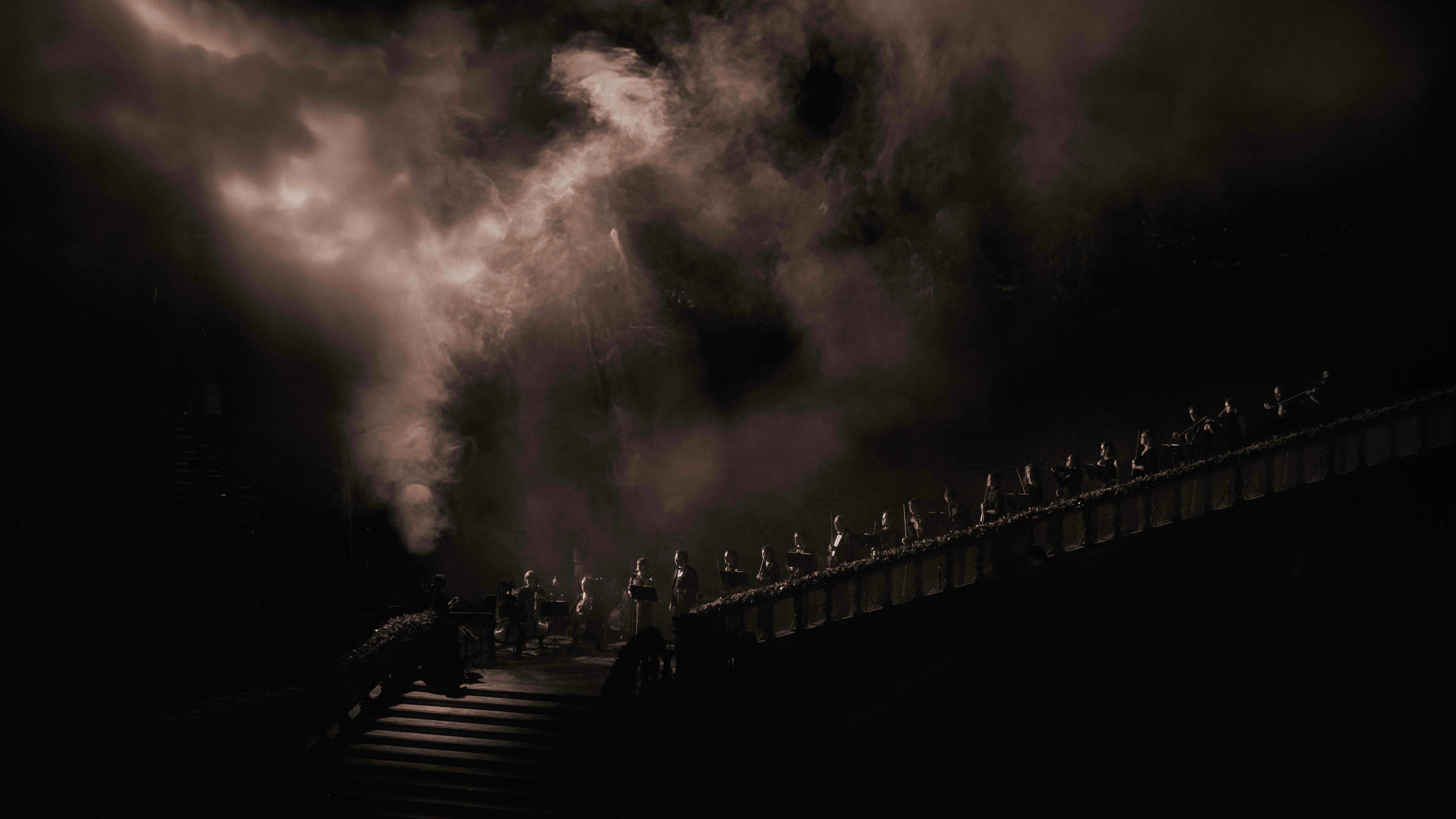 Alexander Wessely turns the Nobel Prize ceremony into a live artwork
Alexander Wessely turns the Nobel Prize ceremony into a live artworkFor the first time, the Nobel Prize banquet has been reimagined as a live artwork. Swedish-Greek artist and scenographer Alexander Wessely speaks to Wallpaper* about creating a three-act meditation on light inside Stockholm City Hall
-
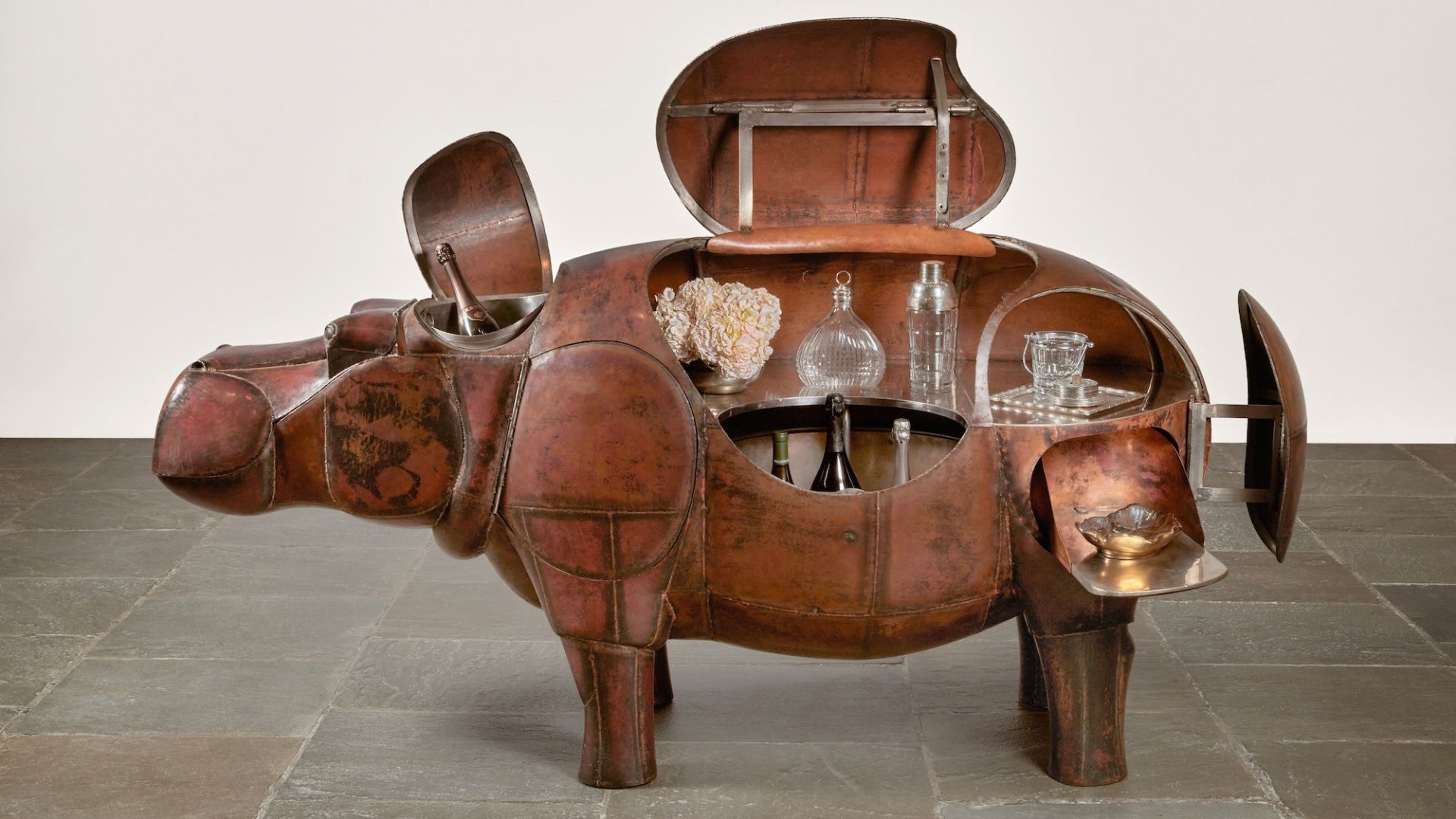 At $31.4 million, this Lalanne hippo just smashed another world auction record at Sotheby’s
At $31.4 million, this Lalanne hippo just smashed another world auction record at Sotheby’sThe jaw-dropping price marked the highest-ever for a work by François-Xavier Lalanne – and for a work of design generally
-
 Nadia Lee Cohen distils a distant American memory into an unflinching new photo book
Nadia Lee Cohen distils a distant American memory into an unflinching new photo book‘Holy Ohio’ documents the British photographer and filmmaker’s personal journey as she reconnects with distant family and her earliest American memories
-
 Out of office: The Wallpaper* editors’ picks of the week
Out of office: The Wallpaper* editors’ picks of the weekIt’s been a week of escapism: daydreams of Ghana sparked by lively local projects, glimpses of Tokyo on nostalgic film rolls, and a charming foray into the heart of Christmas as the festive season kicks off in earnest
-
 This Gustav Klimt painting just became the second most expensive artwork ever sold – it has an incredible backstory
This Gustav Klimt painting just became the second most expensive artwork ever sold – it has an incredible backstorySold by Sotheby’s for a staggering $236.4 million, ‘Portrait of Elisabeth Lederer’ survived Nazi looting and became the key to its subject’s survival
-
 Meet Eva Helene Pade, the emerging artist redefining figurative painting
Meet Eva Helene Pade, the emerging artist redefining figurative paintingPade’s dreamlike figures in a crowd are currently on show at Thaddaeus Ropac London; she tells us about her need ‘to capture movements especially’
-
 Ed Ruscha’s foray into chocolate is sweet, smart and very American
Ed Ruscha’s foray into chocolate is sweet, smart and very AmericanArt and chocolate combine deliciously in ‘Made in California’, a project from the artist with andSons Chocolatiers
-
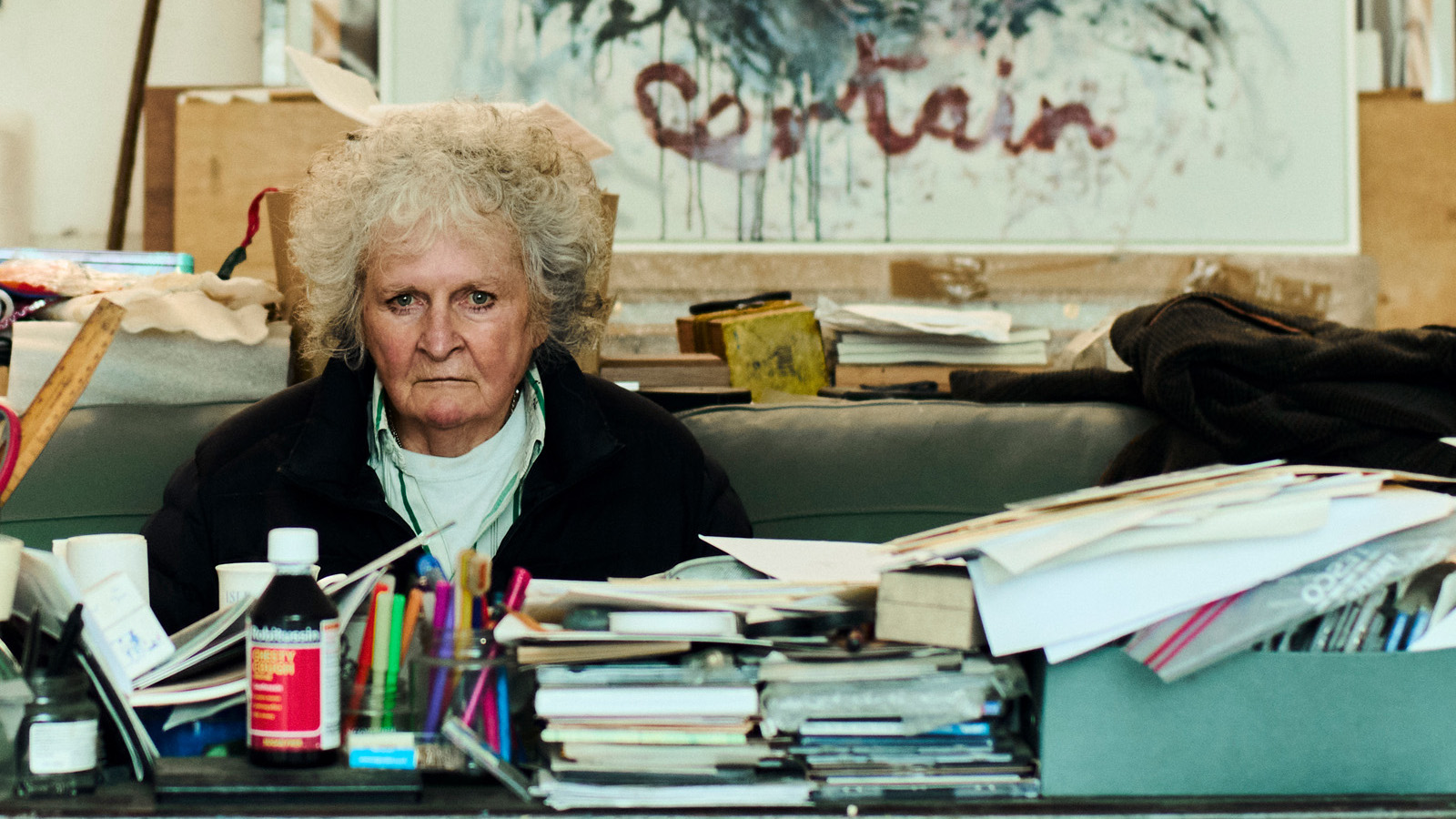 Maggi Hambling at 80: what next?
Maggi Hambling at 80: what next?To mark a significant year, artist Maggi Hambling is unveiling both a joint London exhibition with friend Sarah Lucas and a new Rizzoli monograph. We visit her in the studio
-
 Out of office: The Wallpaper* editors’ picks of the week
Out of office: The Wallpaper* editors’ picks of the weekThis week, the Wallpaper* editors curated a diverse mix of experiences, from meeting diamond entrepreneurs and exploring perfume exhibitions to indulging in the the spectacle of a Middle Eastern Christmas
-
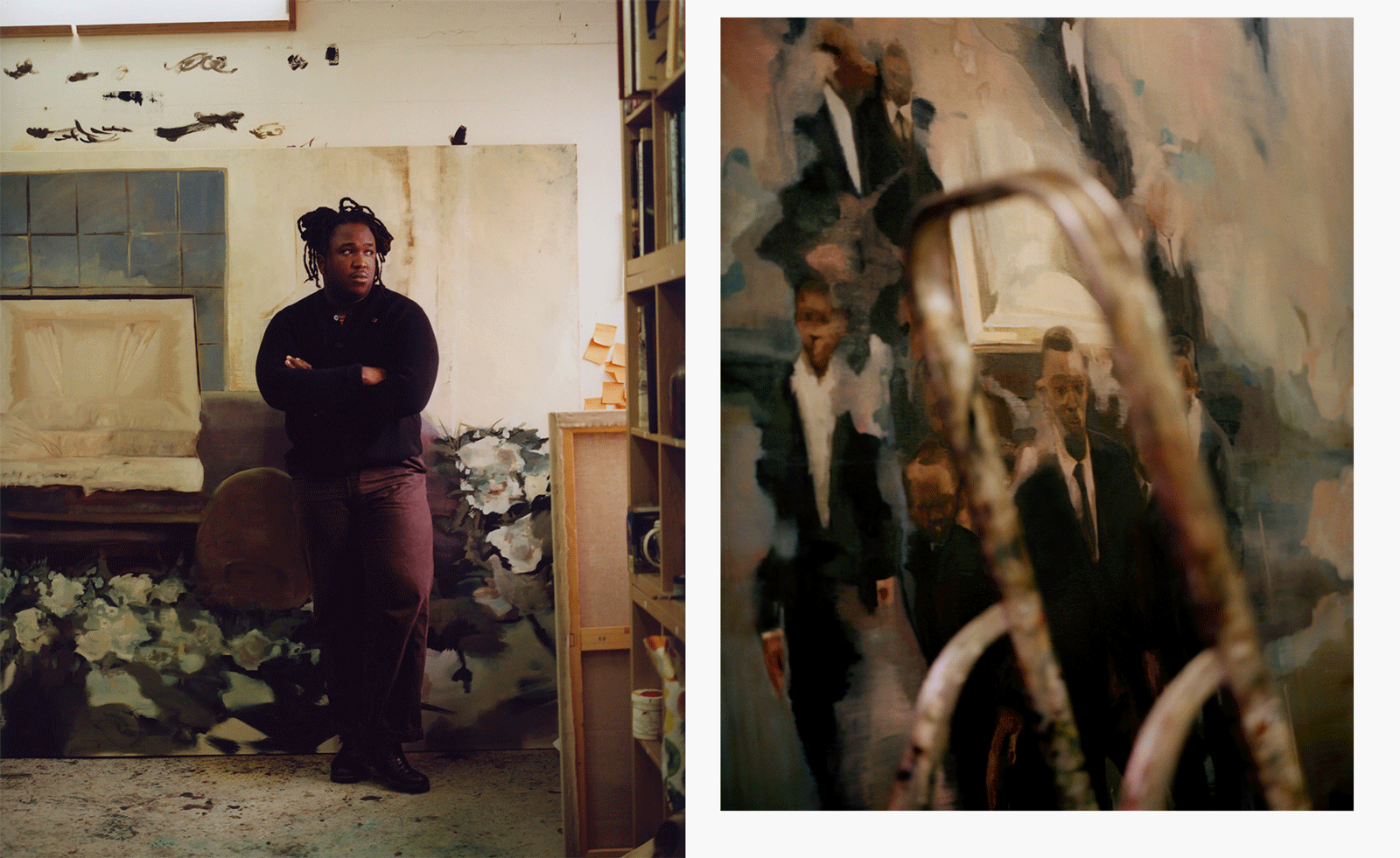 Artist Shaqúelle Whyte is a master of storytelling at Pippy Houldsworth Gallery
Artist Shaqúelle Whyte is a master of storytelling at Pippy Houldsworth GalleryIn his London exhibition ‘Winter Remembers April’, rising artist Whyte offers a glimpse into his interior world